Tree ID please
User
6 years ago
Featured Answer
Sort by:Oldest
Comments (62)
User
6 years agoSara Malone (Zone 9b)
6 years agoRelated Discussions
Tree ID, please
Comments (4)Scent supposedly lightly jasmine-like. I grow Drimys lanceolata, also blooming now, but with more of a vanilla fragrance....See MoreHelp with tree ID please
Comments (7)Try showing it from the side instead of the top. And including a shot where the entire growth habit is visible. In the meantime I continue to see a similarity to Prunus caroliniana....See MoreTree ID Please - Maple?
Comments (1)Acer rubrum, red maple....See MoreThorny tree Id please?
Comments (6)Maclura pomifera IS a member of the mulberry family, Moraceae, but quite a distinctive one. They were once very common in rural farming areas all over the US, though their native range was originally a small area in NE TX and adjoining states. They were used as hedging/fencing, as they formed impenetrable thickets when sheared. They were the original "barbed wire". Now they are generally seen as a nuisance, even a danger with their wicked thorns, and are becoming rare in many areas. In my childhood, they were quite common here. Now, I have *one* on my 105 acre farm, and it's the only one I've seen in years. One oddity of the tree is that although the species is dioecious, the female tree when grown in isolation will still bear large oranges, perfectly formed but lacking seeds (as my tree does). Another factoid: the wood of the osage orange, when dried and burned, has the highest heating value of any native North American tree. Sorry for geeking out. This tree has always fascinated me....See MoreSara Malone (Zone 9b)
6 years agoUser
6 years agoSara Malone (Zone 9b)
6 years agoUser
6 years agoUser
6 years agoOntario_Canada5a_USDA4b
6 years agomaackia
6 years agoUser
6 years agolast modified: 6 years agotsugajunkie z5 SE WI ♱
6 years agoSara Malone (Zone 9b)
6 years agoEmbothrium
6 years agoSara Malone Zone 9b
6 years agoUser
6 years agoUser
5 years agoUser
5 years agoUser
5 years agolast modified: 5 years agoUser
5 years agoUser
5 years agoUser
5 years agolast modified: 5 years agoUser
5 years agoUser
4 years agoUser
3 years agolast modified: 3 years agoUser
3 years agoUser
3 years agoUser
3 years agolast modified: 3 years agoUser
3 years agolast modified: 3 years agoUser
2 years agoUser
2 years agoUser
2 years agoUser
2 years agolast modified: 2 years agoBillMN-z-2-3-4
last yearbengz6westmd
last yearBillMN-z-2-3-4
last year
Related Stories

HOUSEPLANTSMother-in-Law's Tongue: Surprisingly Easy to Please
This low-maintenance, high-impact houseplant fits in with any design and can clear the air, too
Full Story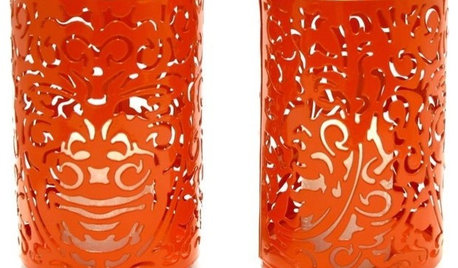
PRODUCT PICKSGuest Picks: Eye-Pleasing Candles and Candleholders
Darkness is falling earlier at night, thanks to daylight saving time's end. Stave off the gloom with comforting, flattering candlelight
Full Story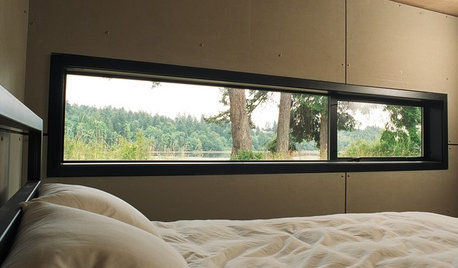
ARCHITECTUREDesign Workshop: Just a Sliver (of Window), Please
Set the right mood, focus a view or highlight architecture with long, narrow windows sited just so on a wall
Full Story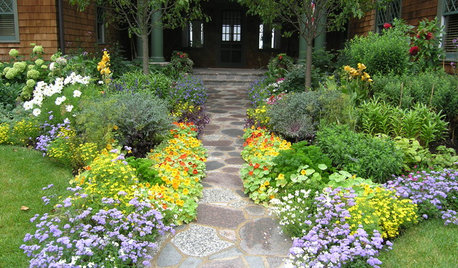
GARDENING GUIDESPathway Plantings That Please the Senses
Add some color, life and intrigue beside your sidewalk with these 7 suggestions
Full Story
HOME OFFICESQuiet, Please! How to Cut Noise Pollution at Home
Leaf blowers, trucks or noisy neighbors driving you berserk? These sound-reduction strategies can help you hush things up
Full Story
BATHROOM DESIGNUpload of the Day: A Mini Fridge in the Master Bathroom? Yes, Please!
Talk about convenience. Better yet, get it yourself after being inspired by this Texas bath
Full Story
GARDENING GUIDESGreat Design Plant: Ceanothus Pleases With Nectar and Fragrant Blooms
West Coast natives: The blue flowers of drought-tolerant ceanothus draw the eye and help support local wildlife too
Full Story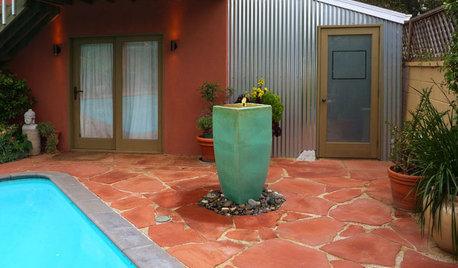
BEFORE AND AFTERSMore Room, Please: 5 Spectacularly Converted Garages
Design — and the desire for more space — turns humble garages into gracious living rooms
Full Story
TILEMoor Tile, Please!
Add an exotic touch with Moroccan tiles in everything from intricate patterns and rich colors to subtle, luminous neutrals
Full Story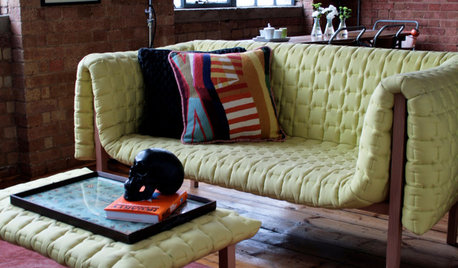
DECORATING GUIDESPlease Touch: Texture Makes Rooms Spring to Life
Great design stimulates all the senses, including touch. Check out these great uses of texture, then let your fingers do the walking
Full Story



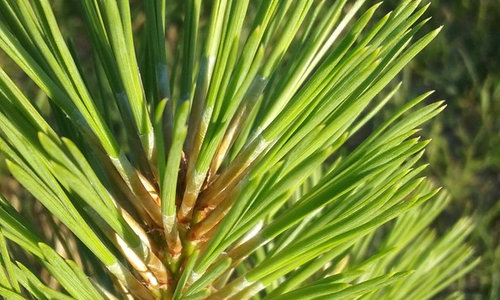
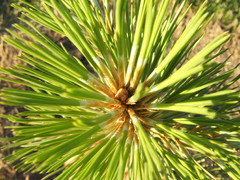
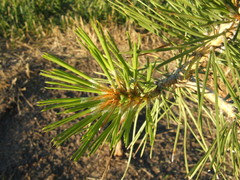

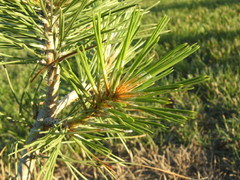




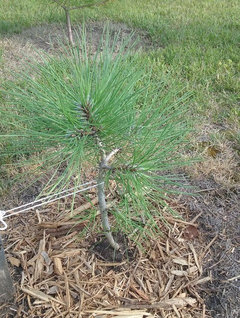


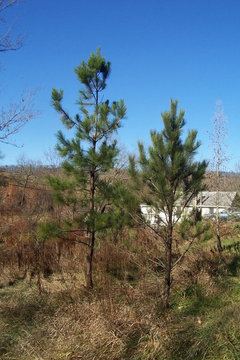



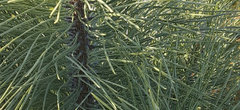









bengz6westmd